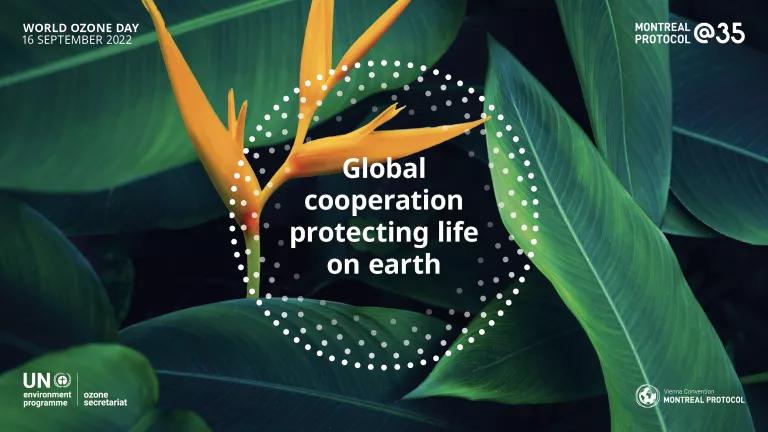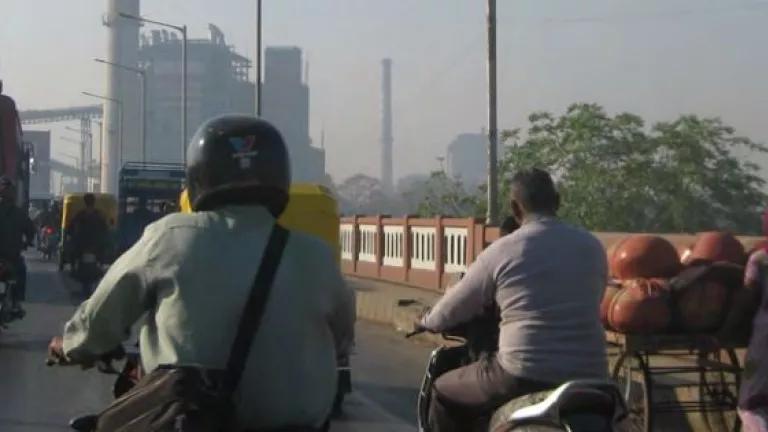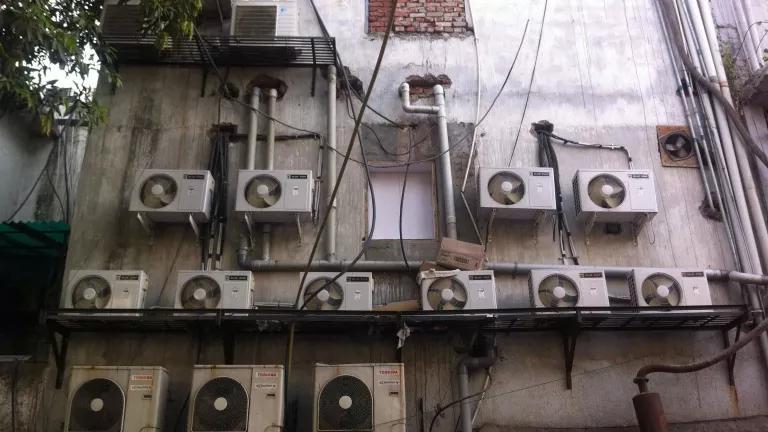
This year’s theme Montreal Protocol@35: global cooperation protecting life on earth
Last week marked a day of an achievement in the world of climate change, U.S. senate voted and approved ratification of the Kigali Amendment to the Montreal Protocol. This news came in within a week of Montreal Protocol turning 35 on the World Ozone Day on 16th September 2022.
Montreal Protocol, signed in 1987 by 198 countries, protects the earth’s fragile ozone layer and has virtually eliminated chlorofluorocarbons (CFCs) and other ozone depleting substances (ODS) that were widely used as refrigerants/coolants. In addition to defending humanity from the sun’s dangerous ultraviolet (UV) radiation, the curbing of the dangerous pollutants has also helped to slow climate change: if ozone-depleting chemicals had not been banned, the global temperatures could have risen by an additional catastrophic 2.5°C by the end of this century. And its most recent Amendment, the 2016 Kigali Amendment, the parties of the Montreal Protocol came together to act on climate change by phasing down hydrofluorocarbons (HFCs).
HFCs are used in air conditioning units, refrigerators, and other equipment, and are the fastest growing climate pollutants. These gases have high global warming potential (GWP) which is hundreds to thousands of times that of CO2 on a kilogram-for-kilogram basis. Phasing them down, as agreed, is expected to avoid up to 0.5°C of global temperature rise by the end of the century, while continuing to protect the ozone layer. It will avoid HFC use equivalent to as much as 70 billion tons of CO2 between now and 2050.
U.S. joins the Kigali Amendment
To achieve the targets of the Kigali Amendment, it is crucial for every party of the Montreal Protocol to ratify it and make it a law of the land. U.S., China, and India the three biggest economies and largest producer and consumer of HFCs are central to the success of the Kigali Amendment. Today all three have ratified the Amendment, joining 135 other countries. Though U.S. ratification came in only last week, it had already been phasing down HFCs through its domestic American Innovation and Manufacturing (AIM) Act enacted 2020, which directed the Environmental Protection Agency to cut HFC production and imports by 85% through 2036. As a result, the phasedown in the U.S. is well underway and is expected to avoid the equivalent of more than 4 billion tons of CO2 by midcentury. Read more here.
India celebrates World Ozone Day
World Ozone Day, celebrated every year on 16th September, is a reminder of how the Montreal Protocol averted one of the biggest threats ever to face humanity: the depletion of the ozone layer. India has an exemplary track record of complying with the Montreal Protocol. This year on World Ozone Day, India’s Minister for Environment, Forests and Climate Change (MOEFCC), Bhupendra Yadav, addressed cooling experts, national and state governments and school children at World Ozone Day celebrations, and announced a new partnership between MOEFCC and eight Indian Institutes of Technology to promote research and development of chemicals with low global warming potential, including blends. These can be used as alternatives to substances controlled under the Montreal Protocol. The collaborative research will be done in line with industry requirements through engagement of research scholars, leading to the development of a robust R&D ecosystem in this area, and will also help promote the Make in India initiative of the Government. This announcement is aligned with the focus of India’s Cooling Action Plan, which recommended establishing R&D platforms in the country to strengthen India’s action on climate friendly cooling.

World Ozone Day Celebrations by India’s MOEFCC on September 16th, 2022
As the need for cooling grows in the country, India is developing a national implementation strategy to phase down HFCs. India’s success at phasing down HFCs will play a crucial role in the overall success of the Kigali Amendment. In new research in Environmental Research Letters, NRDC experts and colleagues examine various phase-down scenarios for India. The research highlights, while expanding access to cooling, India could cut the equivalent of 337 million tons of CO2 in additional cumulative HFC demand between 2025 and 2050, which would exceed its obligations under the Kigali Amendment.
While the ways and timelines to achieve Kigali Amendment targets differ, U.S. and India have over the years shown collaborative spirit and played a key role in bringing about the success of the Montreal Protocol and its Amendments. NRDC has worked on the Montreal Protocol since its inception 35 years ago, working with U.S., India, and China in charting implementation pathways to achieve the commitments made at Montreal. This is yet again, an opportune moment to collaborate as the US has announced $94 billion of global public funding to accelerate clean energy funding, India and US can come together to strategize, think ahead, collaborate to identify clean and climate friendly cooling technologies for the future.





